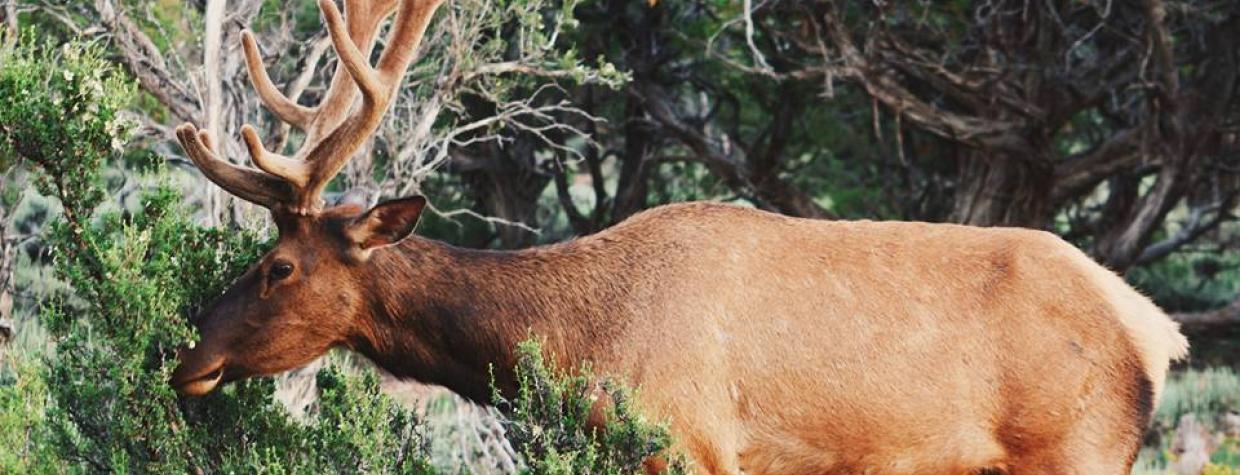As Grand Canyon National Park visitation enters its peak season, park rangers are reminding the public of the dangers of a too-close encounter with one of the park's animals.
In fact, the park said in a news release this month, Canyon rangers have had to respond to several recent interactions between humans and animals. One of those interactions resulted in "serious, but not life-threatening" injuries to a visitor, the park said.
Park officials noted that the national park lacks fences to separate people from wildlife. On the South Rim, that often means close encounters with elk, which are drawn by the presence of food and water. In spring and summer, female elk can become protective of their calves, while male elk are aggressive during the fall breeding season, the park said.
Other animals, including squirrels and ravens, can also pose a threat when they approach people in search of food. Occasionally, visitors' hands are bitten by these animals.
The park offered the following guidelines for dealing with wildlife at the Canyon:
- Take your time. Wildlife are more active during dawn or dusk, which also has some of the best lighting for photos.
- Follow the rule of thumb: If you can cover the entire wild animal with your thumb, you're at a safe distance. This distance is usually 25 yards from most wildlife and 100 yards from large wildlife.
- Use binoculars or a camera with zoom to view animals from a safe distance. To steady your shot, rest your elbows on your ribcage or knees.
- Stay quiet and still, and on the safe side of railings. Noise and quick movements can threaten wildlife.
- Use field guides to help you identify what you're seeing.
The park asked anyone who sees an animal acting aggressively toward people, or people approaching or harassing wildlife, to report the incident to the park's communications center by calling 928-638-7805 (or dialing 911 while in the park).

